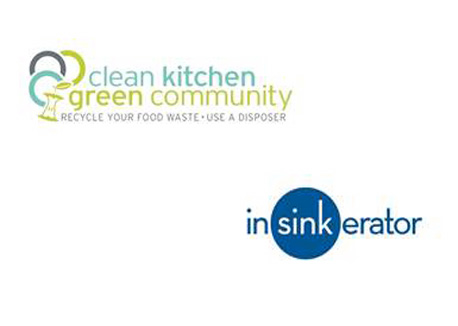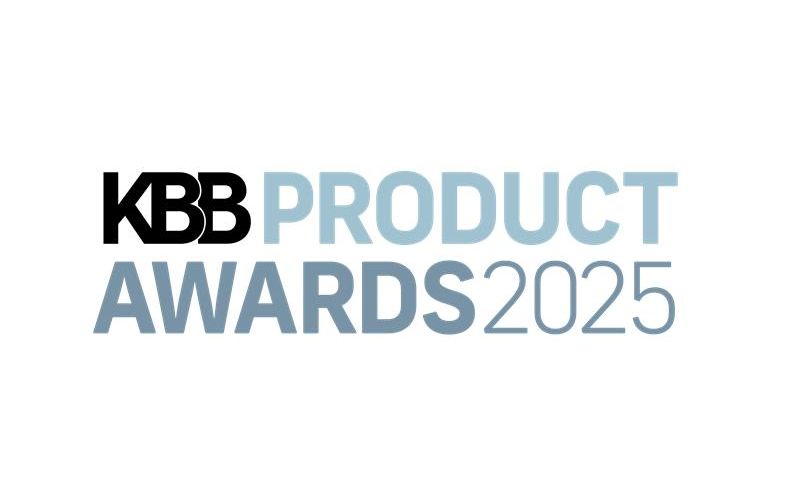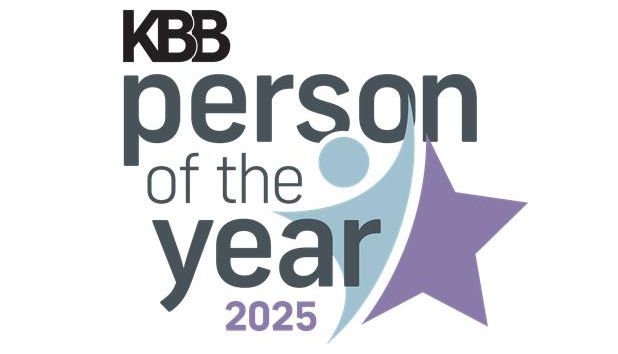Mayor Michael A. Nutter and the Philadelphia Streets Department announced the launch of “Clean Kitchen, Green Community,” a pilot initiative aimed to assess how food waste disposers can help the city work toward its goal of becoming the greenest city in America.
In addition to a citywide campaign promoting the benefits of using a food waste disposer, residents along specific trash collection routes will participate in a targeted installation and education campaign to see how much food waste can be diverted from landfills just by using a disposer. The city is partnering with InSinkErator and community groups Ogontz Avenue Revitalization Corp. (OARC) and Diversified Community Services on the publicity and installation campaigns.
“Philadelphia is committed to becoming the greenest city in America, and this partnership with InSinkErator is an example of how the private and public sectors can work together to improve the city’s sustainability efforts and residents’ quality of life,” said Mayor Nutter. “We hope this pilot program will point us toward saving tax dollars and a better environment.”
The targeted installation campaign will directly test the reduction in waste from households when a disposer is installed and effectively used. The program will provide 100 homeowners in each targeted neighborhood with a free food waste disposer and installation by a local licensed plumber. The city will test the volume and composition of waste generated by those areas before, during and after the pilot, evaluating reductions and changes that result from the targeted installation campaign.
An American family of four generates an average of 17 pounds of food waste per week. Food waste constitutes roughly 10 percent of waste from homes in Philadelphia, which goes directly into landfills. Every ton diverted from landfill saves the city $68 in tip fees. The city expects that food waste disposers can help save money while not adding to homeowners’ utility costs. Food waste disposers use less than one percent of a household’s total water consumption and cost less than 50 cents per year in electricity to operate.
Food scraps can also be turned into renewable energy and fertilizer products after being processed by Philadelphia’s wastewater treatment plants. When food scraps are put down the disposer, they’re transported through underground sewer lines to the city’s treatment plants. There, the methane generated from the anaerobic digestion of food waste can be converted into heat and electricity to power the plant; the solids that remain are processed into fertilizer pellets suitable for use on regional farms. Putting food waste down the disposer also prevents the local trucking of heavy, soggy trash and keeps it from ending up in landfills, where organic waste decomposes and produces methane, a greenhouse gas 21 times more potent than carbon dioxide.
For more information about the Clean Kitchen, Green Community pilot program, click here.









